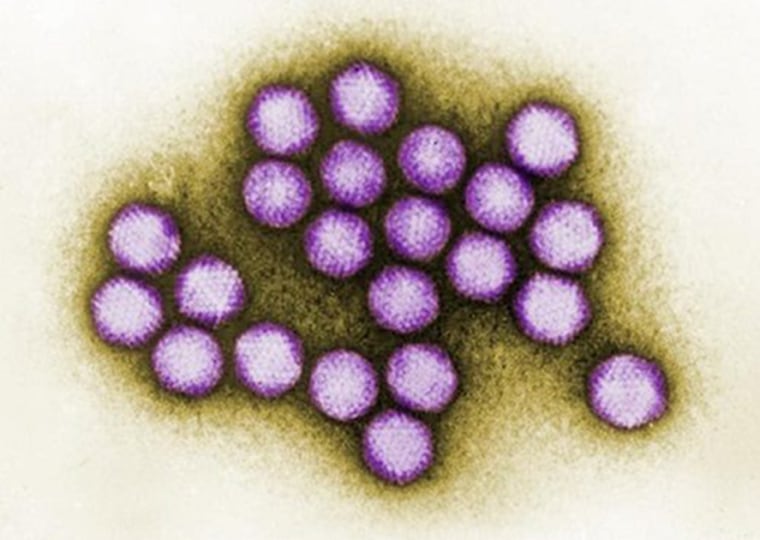State health officials say 11 children have died in an outbreak of adenovirus at a New Jersey rehabilitation center.
The children were already fragile, with weakened immune systems, and there is little worry about a more widely dangerous outbreak.
But adenovirus can be a killer, even if it is not as deadly as influenza, and it can spread quickly and silently. An 18-year-old student at the University of Maryland died in November from adenovirus.
Here are some things to know about adenovirus:
Adenovirus vs. flu
Adenovirus infections often feel like a common cold or flu. Adenovirus infections can cause fever, headache, body aches and sometimes but not always cough, stomach distress and breathing problems. Some strains cause eye infections. There are 52 different strains.
Like flu, the virus is very contagious and is more common in cold weather. “Outbreaks are more common in late winter, spring, and early summer but can occur throughout the year,” the Centers for Disease Control and Prevention says.
Deaths from adenovirus
Certain strains of adenovirus can make people very sick and can sometimes kill them. It’s so risky, and such a nuisance in closely packed barracks, that the U.S. military vaccinates recruits against two major strains.
An outbreak of adenovirus killed 10 people in 2007. Patients can develop pneumonia and respiratory failure and, as with many viruses, adenovirus infections can lead to encephalitis, an often deadly swelling of the brain.
There have also been outbreaks in long-term care facilities, where fragile patients are more likely to suffer complications and to die.
Are there symptoms of adenovirus?
There’s not a commonly used test for adenovirus. Most doctors don’t test for adenovirus unless people are hospitalized with severe illness that isn’t helped by immediate treatment.
Most people with colds or “flu” never know what they had. A cocktail of other viruses, from coronaviruses to rhinoviruses, also cause seasonal misery and they are not routinely tested for. There is a quick test for influenza, because drugs on the market can treat true influenza infections.
Is adenovirus contagious?
Adenoviruses very contagious and can spread via close personal contact such as touching or shaking hands. They spread in the air by coughing and sneezing. They also can land on surfaces and be spread when people touch objects or surfaces with adenoviruses on them and then touch their mouths, noses, or eyes.
Some strains also spread in bodies of water such as small lakes or swimming pools.
How do you treat adenovirus?
As with many viruses, there’s not a good treatment for adenovirus, although the antiviral cidofovir has helped some people with severe infections. People with mild illness are advised to stay home, keep their hands clean and cover coughs and sneezes while they recover. Drinking plenty of liquids helps prevent dangerous dehydration and ibuprofen or acetaminophen (such as Tylenol) can ease fever and aches.
Adenovirus is hard to kill
Adenoviruses can survive on plastic and metal surfaces — think countertops and hospital tables— for a month. Some formulations of alcohol and chlorhexidine do not kill them easily, tests have shown, although chlorine does. That makes cleanup tricky after an outbreak.
They can also cling to medical devices such as ventilators, further adding to the risk of outbreaks in hospitals and long-term care facilities.


